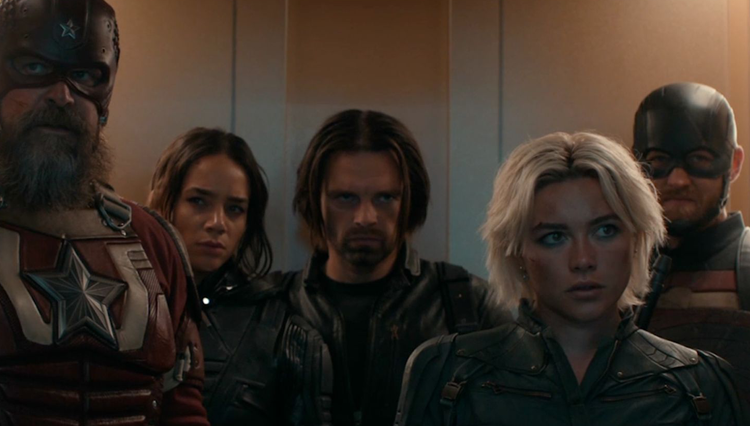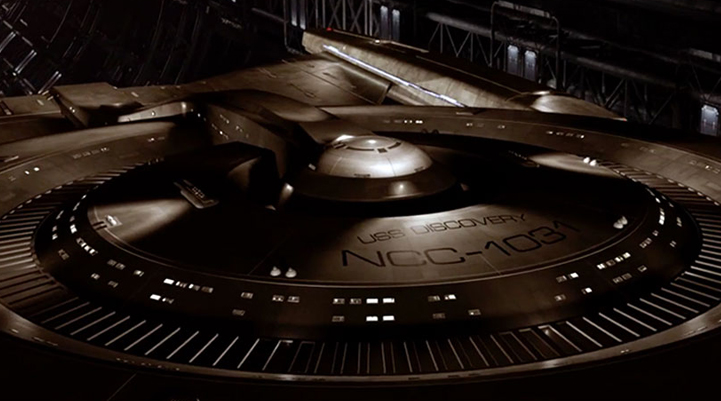Star Trek IV: The Voyage Home, 1986 (William Shatner) Paramount Pictures
“This is an extremely primitive and paranoid culture.”
There’s a slick sense of humor to Star Trek IV: The Voyage Home that had rarely been exploited in the franchise or the television series. There were many moments of humor in the series, but there were really only two straight-up, out-and-out comedy episodes: “The Trouble with Tribbles” and “A Piece of the Action.” The latter is the fish-out-of-water, when-in-Rome kind of humor we would see in the third Star Trek motion picture sequel, again directed by Leonard Nimoy, from a story by Nimoy and Harve Bennett, and written by Bennett, Nicholas Meyer (director of Star Trek II: The Wrath of Khan), Steve Meerson, and Peter Krikes.
This is Harve Bennett once again pulling rabbits out of hats and making the impossible possible. This is a direct continuation of Star Trek III with Kirk and crew (and a newly resurrected Spock) on their way home in a stolen Klingon Bird of Prey, when an object of unknown origin (a probe) enters our Solar System, parks over Earth, and begins sucking up our planet’s natural resources. The object emits unusual noises. It drains energy from nearby ships and space stations, so Starfleet warns other ships to stay away. Kirk gets the message. I don’t know how Spock is able to do the math, but he figures the probe is directing a message to the Earth’s oceans.
They quickly figure out the probe is trying to communicate with a particular species of whale that went extinct in the 21st century. Since there are no whales to tell this probe what to go to do with itself, the Earth is doomed. Kirk decides to use the same “slingshot effect,” accidentally utilized in the Original Series episode, “Tomorrow Is Yesterday” (written by D.C. Fontana whom, I hope, got some credit or acknowledgment for this), to go back in time to the latter half of the 20th century so they can find whales, bring them forward in time, and tell this probe what to … well, you get it.
It’s not what you’d expect from a Star Trek sequel, particularly something that comes out of nowhere after the events of the previous two movies with their moments of space opera and drama, death and rebirth. Kirk and Spock find their whales, named George and Gracie, at the Cetacean Institute in Sausalito with the help of marine biologist Dr. Gillian Taylor (Catherine Hicks). Scotty and Dr. McCoy have to find a transparent casing strong enough to hold the whales and the water. Uhura and Chekov have to collect nuclear energy from a naval vessel (the U.S.S. Enterprise) in order to re-energize the power crystals necessary for the warp drive. Sulu has to steal a helicopter in order to transport the transparent casing to the cloaked Klingon ship.
It’s nice how everybody has a separate but important task to complete. It reminds me of an episode of The A-Team, except we’re not making tanks out of cars with flamethrowers aimed at knife-throwing punks. There is an environmental theme and, even though there is a preachy message directed at the audience, the movie itself isn’t terribly preachy. Gillian decides her life is nothing without her whales so she stows away on the Klingon ship, and they go back to the 23rd century where they dump the whales into the Pacific and tell the probe what to go do with itself. The probe, apparently satisfied, leaves.
This is kind of like Star Trek: The Motion Picture, except with humor and a story. Is no one even the slightest bit concerned that Dr. Taylor’s absence in the 20th century will somehow have an effect on the future?* Apparently not. Time travel stories came back into style around the time of The Terminator’s release in 1984, but I sense Star Trek IV was more influenced by the comedy of Back to the Future, particularly the fish-out-of-water theme I noted earlier. I saw this movie on its opening weekend with my friend, Jeremy and his family, and I was surprised by the amount of humor in the movie, which could’ve been attributed to the fact that Eddie Murphy was originally pursued to play the part of an astrophysicist who helps the crew. When he backed out to make The Golden Child (what?), the part was rewritten for Hicks.
*It’s possible Dr. Taylor’s disappearance caused a paradox. If she was the foremost authority on humpback whales, the species might have gone extinct without her protection. Think about it!






